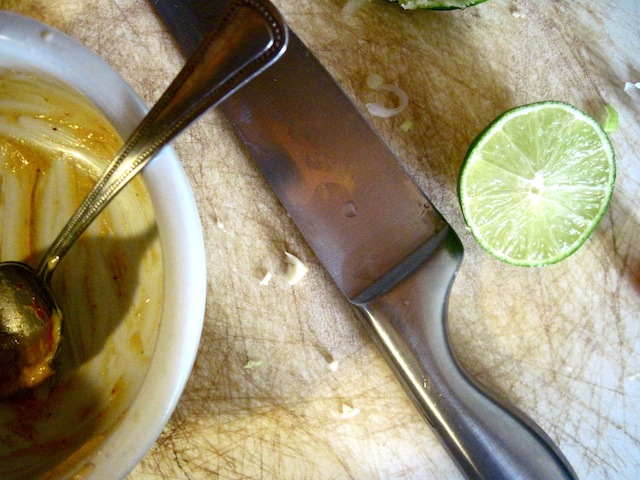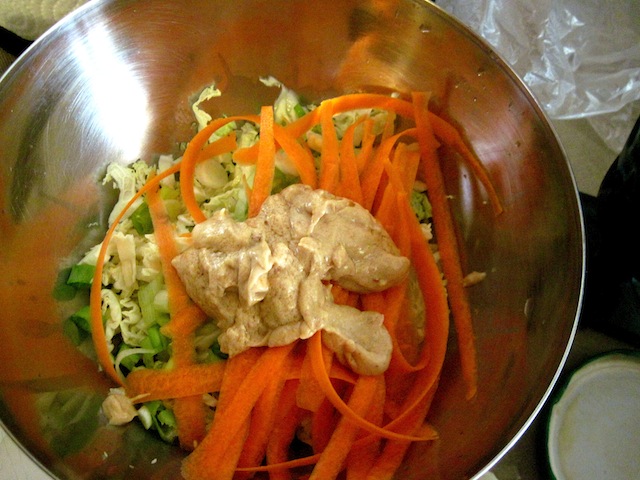
“You start with nine sticks of butter,” my aunt says, giving me the recipe for a dish which, at the end of its life, will contain fourteen sticks. Her voice is a Florida twang, an accent no one else in my family seems to have picked up as strongly, though when I am with her, I find my own vowels stretching out. I becomes Ah, as though I’ve been stuck into a Twilight Zone dentist’s office and every personal statement is a chance to glance at my sweet tea-ravaged cavities.
“This is the easy way, but the real way is, you’re going to want to chop up about three things of garlic – at least.” Except it sounds like, Yer gunna wunna…
My aunt is referring not to cloves of garlic, but to heads, because this is the famed family recipe for banyacotta, which is the phonetic spelling for a dish which is actually a famed Italian recipe called bagna cauda. The recipe is basically the same. But I think my family uses more butter.

Banyacotta is a familial rite of passage. Lovers, fiancés, new spouses, children – you’re not a part of the family until you’ve eaten banyacotta.
This is mostly due to the fact that for a full two days after eating it, you trail the scent of garlic behind you thicker than Pepe le Pew on an amour trail. It is imperative, for this reason, that everyone in the family partake, so that we don’t notice our stench, naïvely wandering through the world in our own little garlic reek.
For a long time, I had no idea that banyacotta was not just something that had been handed down in my family from generation to generation. All of the friends I told about the dish – it’s a dip of butter, garlic, and anchovies and you eat it on cabbage – were disgusted (but then again, that isn’t quite the favorite foods lists of an eight year old). » Continue reading this post...






